
Jetlag: Understanding & Overcoming Time Zone Fatigue
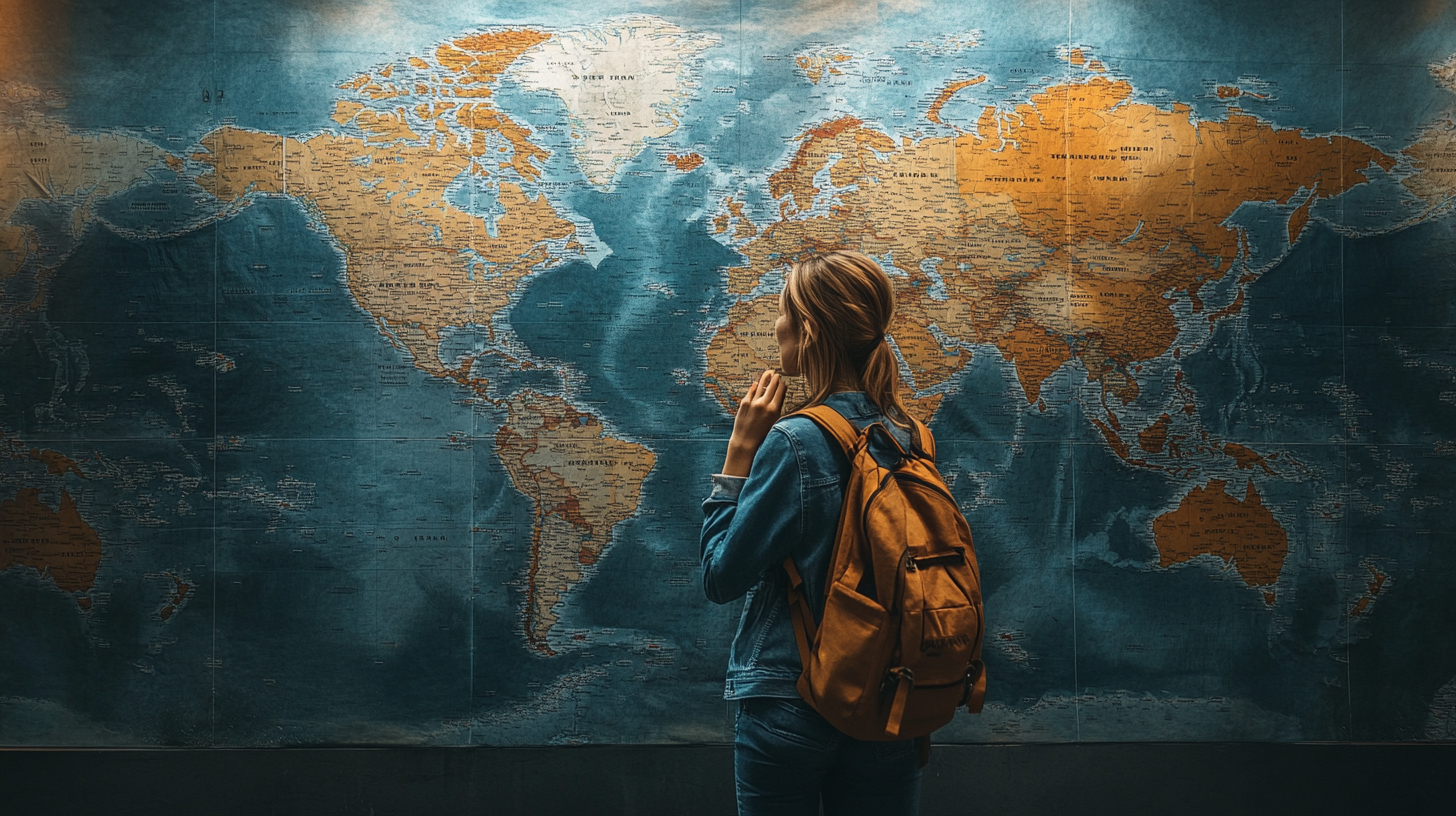
For frequent flyers, business travelers, and global explorers alike, jetlag is more than just a minor inconvenience—it’s a significant challenge that can impact your health, mood, and overall travel experience. Crossing multiple time zones disrupts your body’s natural rhythms, leading to the phenomenon known as jetlag. In this comprehensive guide, we’ll delve deep into what jetlag is, why it happens, and how you can effectively manage it for smoother and more enjoyable journeys. Read more at Mayo Clinic.
What Is Jetlag?
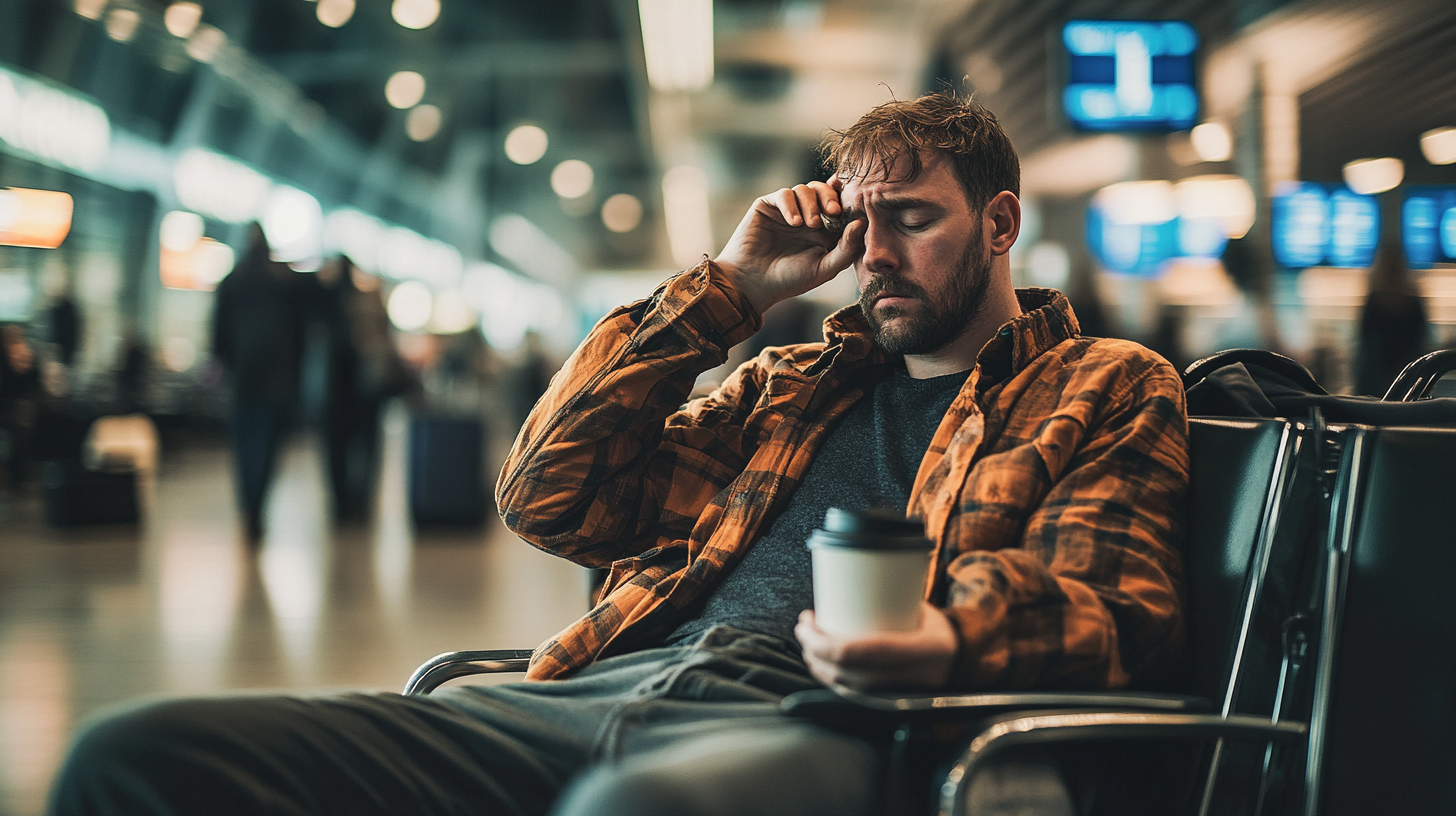
Jetlag, medically referred to as circadian desynchrony, is a temporary sleep disorder that occurs when your body’s internal clock is out of sync with the local time at your destination. This mismatch between your biological clock and the external environment leads to various physical and psychological symptoms. Jetlag is a common issue for travelers who fly across three or more time zones. Learn about circadian rhythms at Cleveland Clinic.
The condition arises because our bodies are regulated by circadian rhythms—24-hour cycles that influence sleep patterns, hormone release, body temperature, and other vital functions. When these rhythms are disrupted, it can result in sleep disturbances, fatigue, and cognitive impairments. Jetlag is essentially your body’s way of protesting against rapid time zone changes. Explore sleep patterns at Cleveland Clinic.
It’s important to distinguish jetlag from travel fatigue. Travel fatigue results from the physical act of traveling, such as sitting for long periods or dealing with airport stress. Jetlag, on the other hand, specifically relates to the disruption of the circadian rhythm due to time zone shifts. Understanding this difference is crucial in addressing the root causes of your discomfort. Find out more about travel fatigue at FlightFud.
Ultimately, jetlag highlights how finely tuned our bodies are to consistent daily cycles. Recognizing jetlag as a significant factor in travel can help you prepare and implement strategies to minimize its impact. Visit the CDC for traveler health tips.
The Science Behind Jetlag

At the core of jetlag lies the body’s circadian rhythm—a 24-hour internal clock that governs our sleep-wake cycle, hormone production, and other physiological processes. This clock is heavily influenced by external cues, especially light and darkness. When you travel across time zones, these cues change abruptly, leading to a misalignment between your internal clock and the new environment. Understand your internal body clock with WebMD.
Research has shown that the circadian rhythm doesn’t adjust instantly to time zone changes. Instead, it adapts at a rate of about one to two time zones per day. This slow adjustment is why you might feel out of sync for several days after arriving at your destination. The greater the number of time zones crossed, the longer it takes for your body to fully adjust. Learn about time zone adaptation on Sleepopolis.
Melatonin, a hormone produced by the pineal gland, plays a significant role in regulating sleep. Its production is influenced by light exposure—darkness prompts its release, promoting sleepiness, while light suppresses it, encouraging wakefulness. Disrupted melatonin production due to different light-dark cycles at your destination contributes to the symptoms of jetlag. Read more about melatonin at Mayo Clinic.
Understanding the science behind jetlag is essential for developing effective strategies to combat it. By acknowledging how your body’s internal mechanisms are affected by rapid time zone changes, you can take proactive steps to realign your circadian rhythm more quickly. Access jetlag research on NCBI.
Symptoms of Jetlag

Jetlag manifests through a variety of symptoms that can impact both your physical well-being and mental performance. Common signs include:
- Sleep disturbances such as insomnia, early waking, or excessive sleepiness. Learn about insomnia at Mayo Clinic.
- Daytime fatigue and lethargy. Read about fatigue management at Healthline.
- Difficulty concentrating and cognitive impairments. Explore cognitive function at Medical News Today.
- Irritability and mood changes. Discover mood management at Positive Psychology.
- Digestive issues like indigestion, constipation, or diarrhea. Understand digestive health with Harvard Health.
- Headaches and general malaise. Find headache relief at Healthline.
The severity of these symptoms often depends on the number of time zones crossed and individual factors such as age, overall health, and stress levels. Manage stress with WebMD.
Sleep disturbances are the hallmark of jetlag. You may find it hard to fall asleep at night or wake up too early in the morning. This insomnia or early awakening disrupts your sleep quality, leading to daytime sleepiness and a general sense of exhaustion. Such sleep disruptions can significantly affect your mood and energy levels during your trip. Improve sleep quality with NSF.
Cognitive impairments are also prevalent. Travelers often report difficulty concentrating, memory lapses, and decreased alertness. These cognitive effects can be particularly troublesome for business travelers who need to be at their mental peak shortly after arrival. Access business travel tips at TravelPerk.
Physical symptoms extend beyond fatigue. Digestive problems, such as indigestion or loss of appetite, can occur due to the misalignment of your body’s internal clock with regular meal times. Headaches and a general feeling of unwellness are also common, further emphasizing why jetlag is a significant issue that requires attention. Visit the CDC for travel health information.
Factors Affecting Jetlag Severity
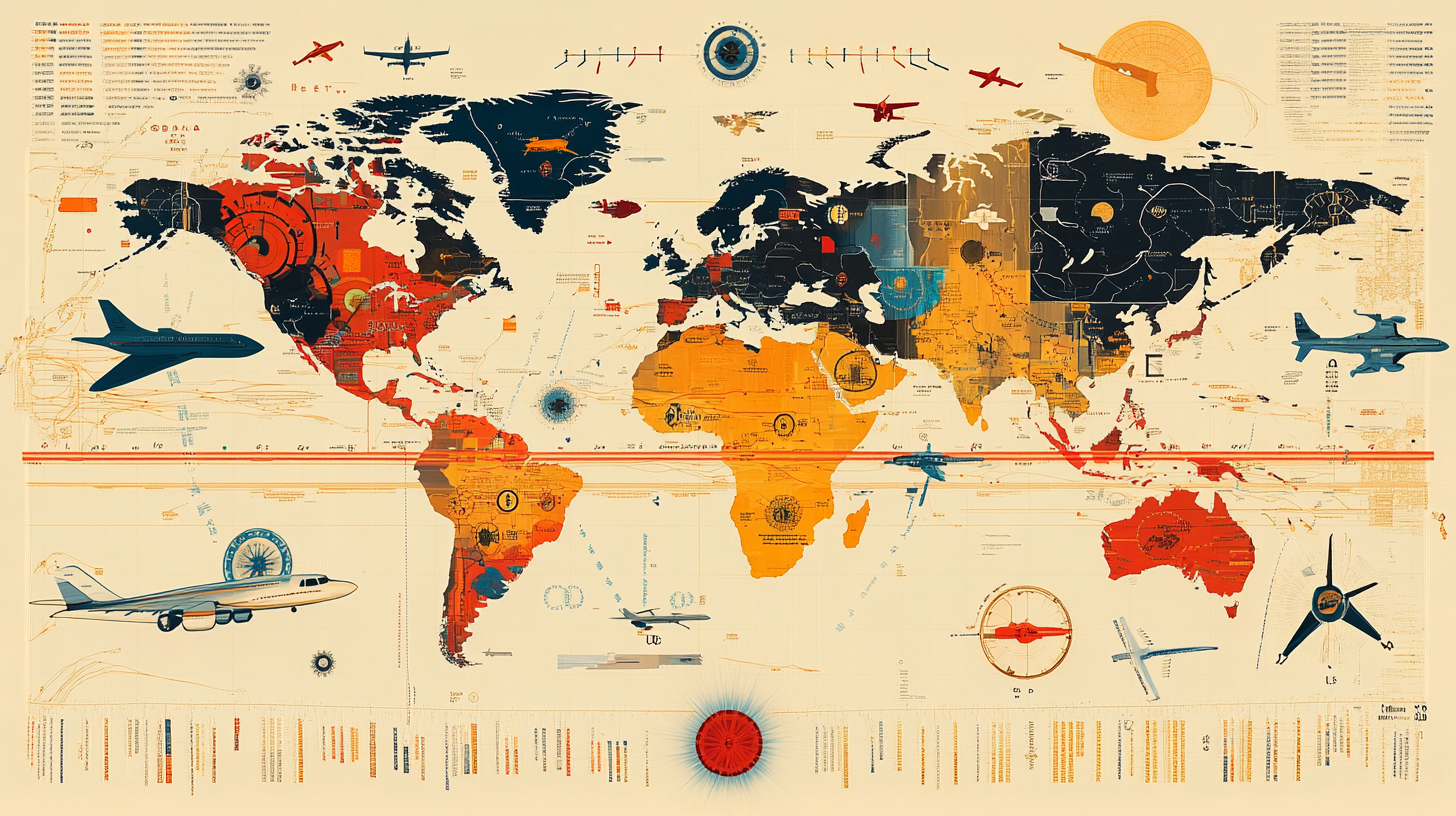
Several factors influence how severely you might experience jetlag. These include:
Number of Time Zones Crossed
The number of time zones crossed is a primary determinant—the more you cross, the more significant the disruption to your circadian rhythm. Check world time zones at Time and Date.
Direction of Travel
Traveling eastward often causes worse jetlag than traveling westward because it’s generally harder to advance your internal clock than to delay it. When flying east, you’re essentially losing time, which can make it more challenging for your body to adjust. Compare east vs west travel with Lonely Planet.
Personal Health and Habits
Your personal health and habits play a significant role. Individuals who maintain regular sleep schedules and lead healthy lifestyles might adjust more quickly. Conversely, those with existing sleep disorders or irregular sleep patterns may find jetlag symptoms more pronounced. Age can be a factor as well, with older travelers sometimes experiencing more severe symptoms. Understand sleep hygiene at Cleveland Clinic. Explore healthy lifestyle tips at Cleveland Clinic.
Flight Timing
The timing of your flights can impact jetlag severity. Red-eye flights or flights that arrive during nighttime at your destination can make it more challenging to adjust. Exposure to natural light upon arrival is crucial for resetting your internal clock, so arriving during daylight hours can be beneficial. Plan flights with SkyVector.
Stress and Dehydration
Stress and dehydration can exacerbate jetlag symptoms. The anxiety associated with travel, combined with the dehydrating effects of air travel, can intensify feelings of fatigue and discomfort. Managing these factors is essential in minimizing jetlag’s impact. Explore stress reduction techniques at Verywell Mind. Stay hydrated with Healthline.
Strategies to Prevent and Overcome Jetlag
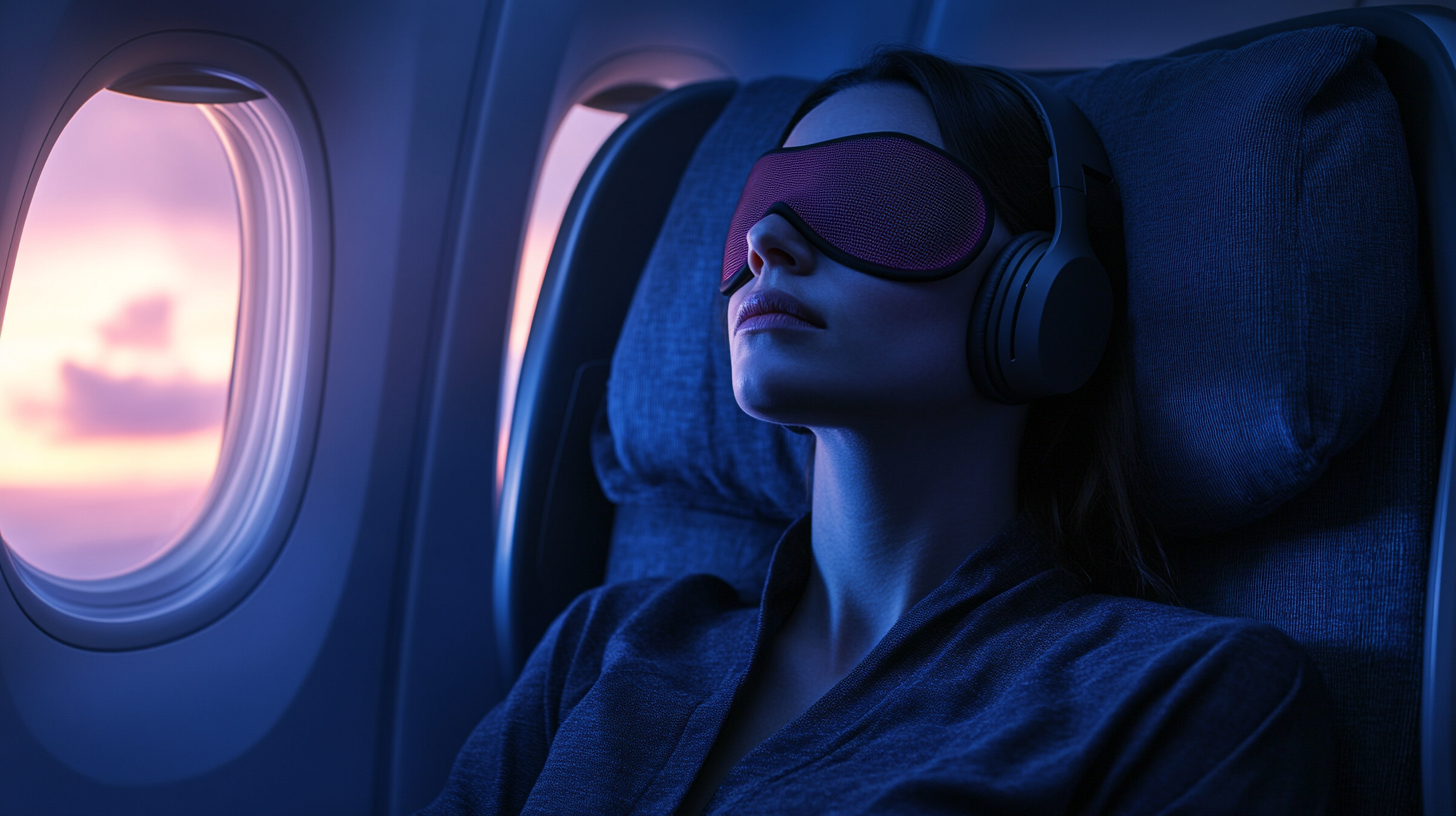
Preventing jetlag starts even before you board your flight. Here are effective strategies to consider:
Adjust Your Sleep Schedule
Gradually shifting your sleep schedule a few days prior to departure can help your body acclimate to the new time zone. If you’re traveling east, try going to bed an hour earlier each night; if traveling west, go to bed later. This incremental shift eases the transition for your circadian rhythm. Prepare for travel with The Awkward Traveller.
Stay Hydrated
During your flight, staying hydrated is vital. Dehydration can worsen jetlag symptoms, so drink plenty of water and limit caffeine and alcohol intake. These substances can disrupt sleep and further dehydrate you, making it harder for your body to adjust. Consider products like electrolyte-enhanced water or hydration tablets to maintain optimal hydration levels. Discover hydration products at Verywell Fit. Learn about travel nutrition at Verywell Fit.
Optimize Light Exposure
Exposure to light at the right times is one of the most effective ways to reset your internal clock. Seek sunlight upon arrival if it’s daytime, as natural light helps regulate melatonin production. Conversely, if it’s night, try to minimize light exposure to encourage melatonin release and promote sleep. Wearing sleep masks or using blue light-blocking glasses can assist in controlling light exposure. Find sleep masks on Wirecutter. Explore blue light-blocking glasses at Healthline. Understand melatonin regulation at Healthline.
Establish a Local Routine
Adopting a routine in your new time zone as quickly as possible aids adjustment. Eat meals at local times, engage in physical activity, and adhere to a sleep schedule aligned with the new environment. Physical exercise, even light activities like walking or stretching, can help adjust your body’s clock. Explore local routines with SmartThings Community. Learn about exercise and jetlag from Sleep Foundation.
Consider Melatonin Supplements
Over-the-counter melatonin supplements can help regulate sleep patterns by signaling to your body that it’s time to rest. However, it’s advisable to consult a healthcare professional before use, as the timing and dosage are crucial for effectiveness. Read about melatonin supplements at Healthline. Consult a doctor with WebMD.
Use Technology Aids
Leverage technology by using apps designed to combat jetlag. These apps provide personalized plans for sleep and light exposure based on your travel itinerary. Examples include Timeshifter and Jet Lag Rooster. Check out Timeshifter. Visit Jet Lag Rooster. Explore travel strategies at Expert Vagabond.
Case Studies and Real-World Examples
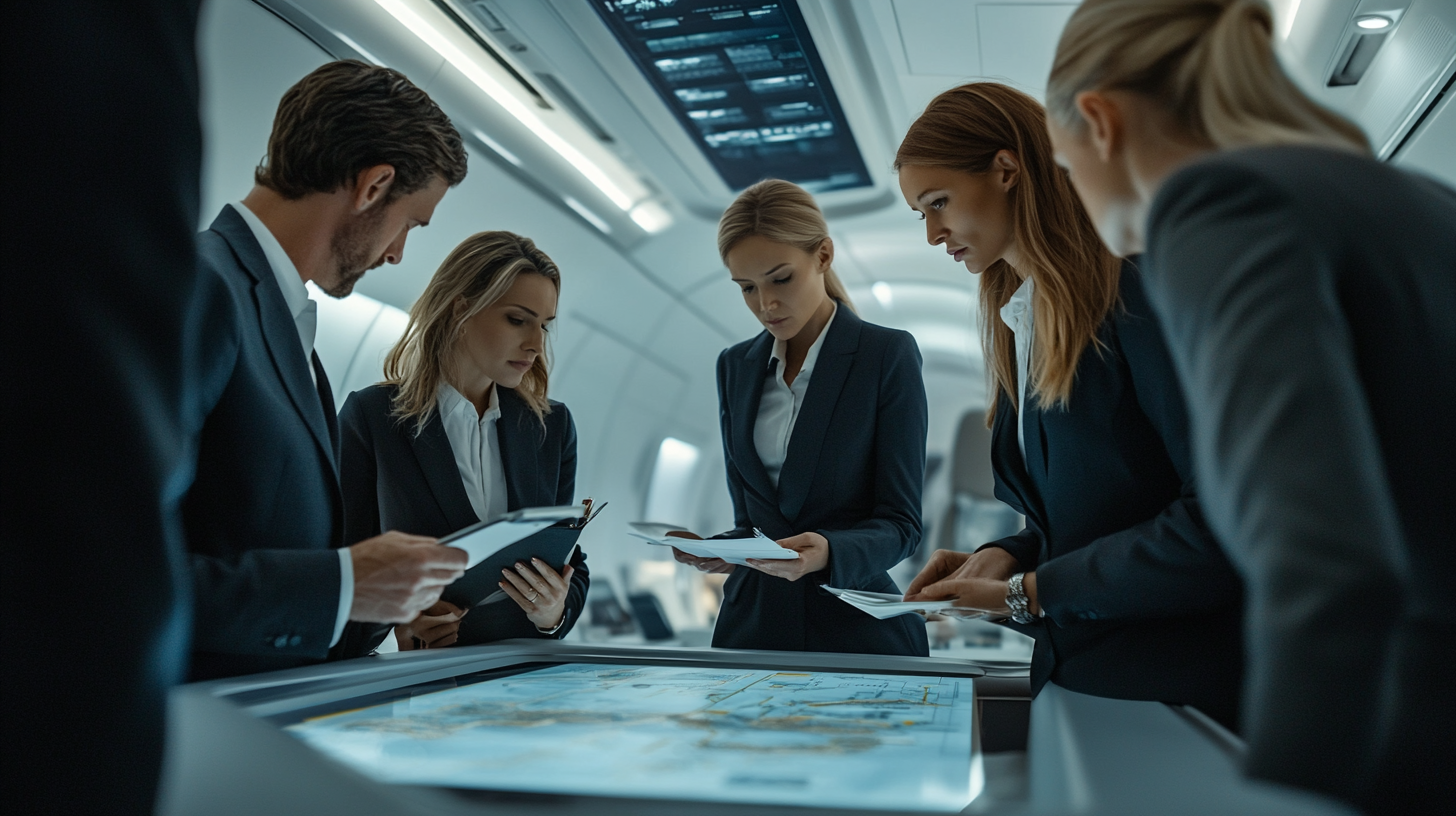
Understanding how others manage jetlag can provide practical insights. Here are some examples:
Flight Crews
Frequent flyers, such as flight attendants and pilots, often develop personalized strategies to manage jetlag. Many adopt strict sleep and exercise regimens tailored to their flight schedules. Airlines like Emirates and Singapore Airlines provide crew members with guidelines on light exposure and sleep to reduce the impact of time zone changes. Learn about Emirates’ crew strategies. Explore Singapore Airlines crew strategies.
Business Travelers
Business travelers who routinely cross time zones may use technology to their advantage. Apps that calculate optimal sleep times and light exposure based on your destination and individual sleep patterns can be invaluable tools. These apps act as digital companions in adjusting your circadian rhythm more efficiently. Some also use products like noise-canceling headphones and travel pillows to improve sleep quality during flights. Find business travel apps at Process Hacker. Explore noise-canceling headphones at Healthline. Discover travel pillows at Sleep Foundation.
Professional Athletes
Athletes competing internationally are acutely aware of jetlag’s effects on performance. Professional sports teams may arrive several days in advance of competitions to acclimate. They often work with sleep specialists and utilize controlled light exposure, strategic napping, and specific meal timings to optimize their physical and mental states. Learn about athlete sleep strategies from Sleep Foundation. Understand jetlag in sports from Sporting News.
Celebrity Tours
Entertainers on world tours face unique challenges with jetlag due to tight schedules. Many employ personal sleep coaches and utilize techniques such as controlled fasting to reset their internal clocks. Explore celebrity travel tips on Celebrity Cruises. Learn about controlled fasting at Healthline.
These real-world examples highlight the importance of proactive measures. By adopting similar strategies, even infrequent travelers can significantly reduce jetlag’s impact and enhance their overall travel experience. Read travel strategies at Expert Vagabond.
Wrap-Up
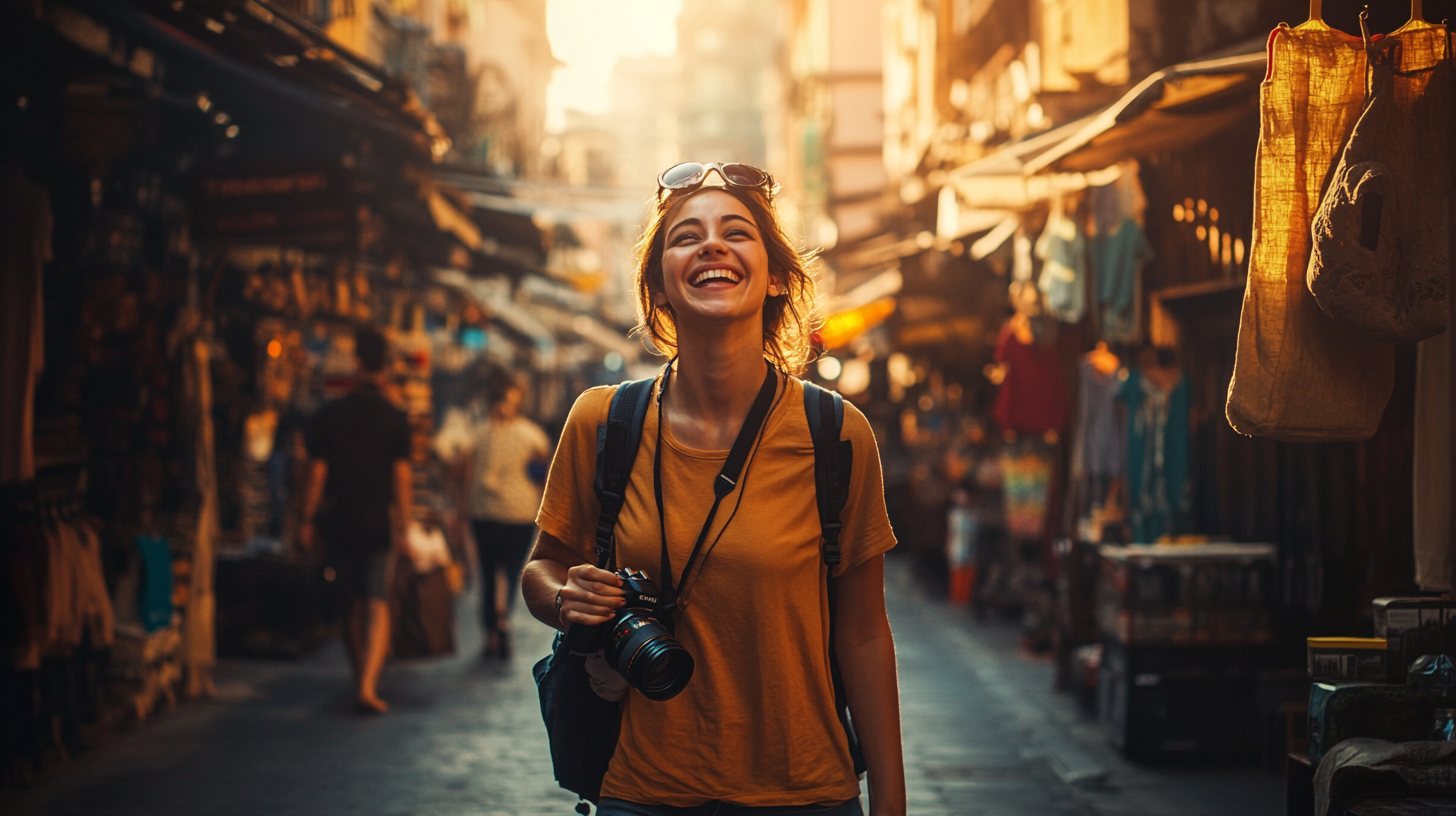
Jetlag is an inevitable part of modern air travel, but it doesn’t have to be debilitating. By understanding the factors that contribute to jetlag and implementing effective strategies, you can minimize its effects and enjoy your travels to the fullest. Recognizing that jetlag is a manageable challenge empowers you to take control of your journey. Explore jetlag solutions at Healthline.
From adjusting your sleep schedule and optimizing light exposure to staying hydrated and establishing routines, each step you take brings you closer to conquering jetlag. As global connectivity continues to shrink distances, mastering jetlag management becomes an essential skill for the savvy traveler. Check out global travel tips at My Global Viewpoint.
For more insightful travel tips and strategies, follow us back to BoardingArea and explore even more resources on healthy traveling and overcoming jetlag. Safe travels!

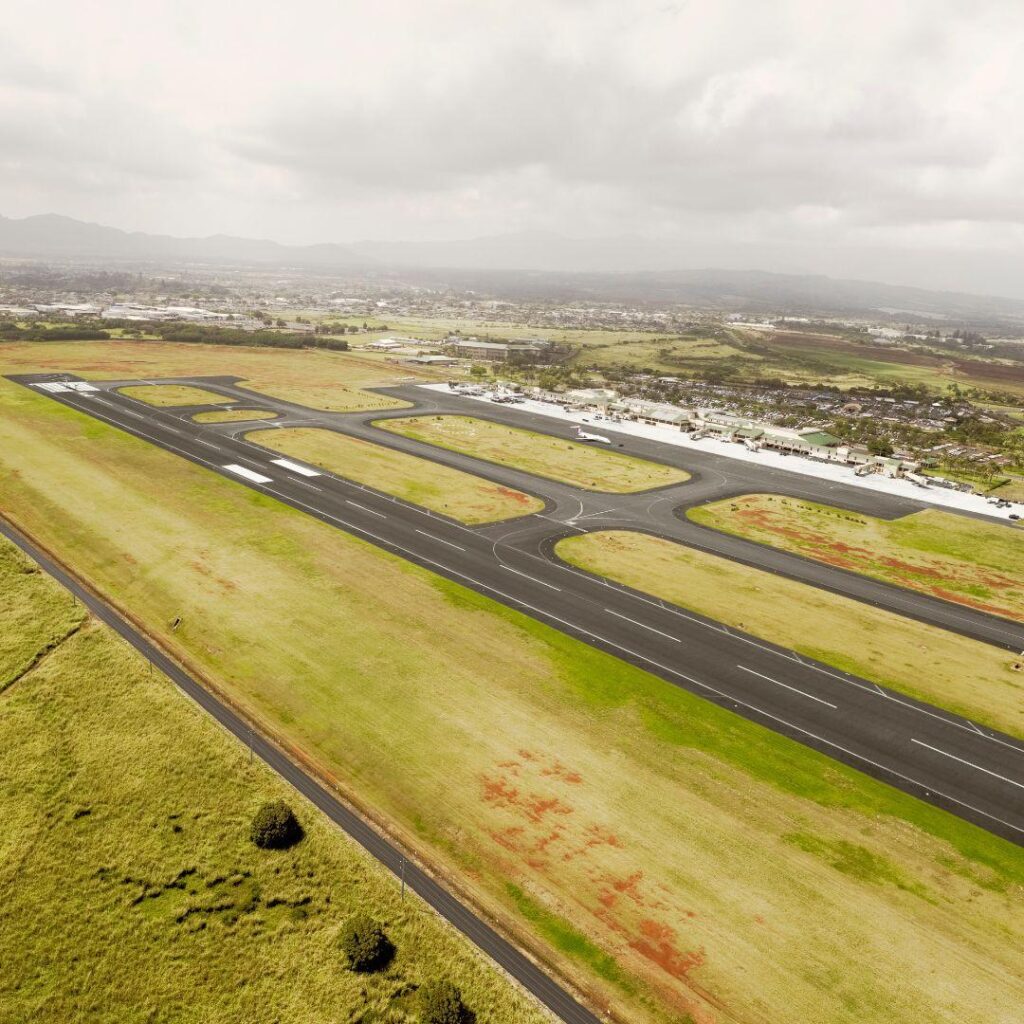

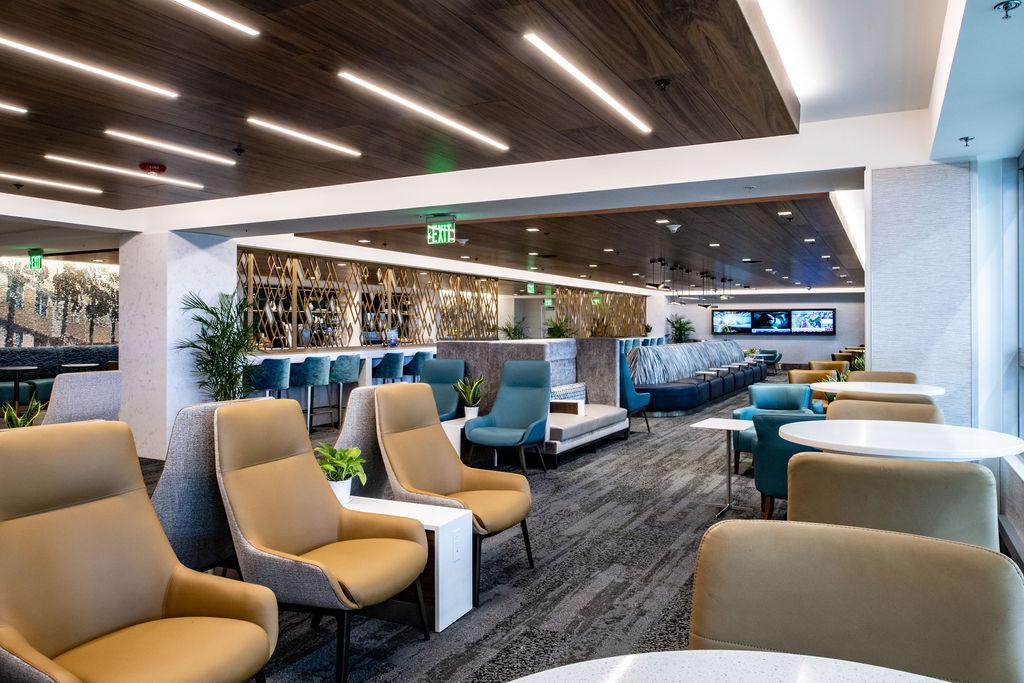

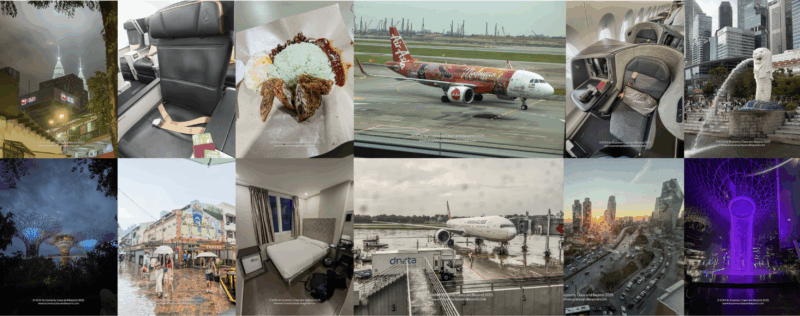





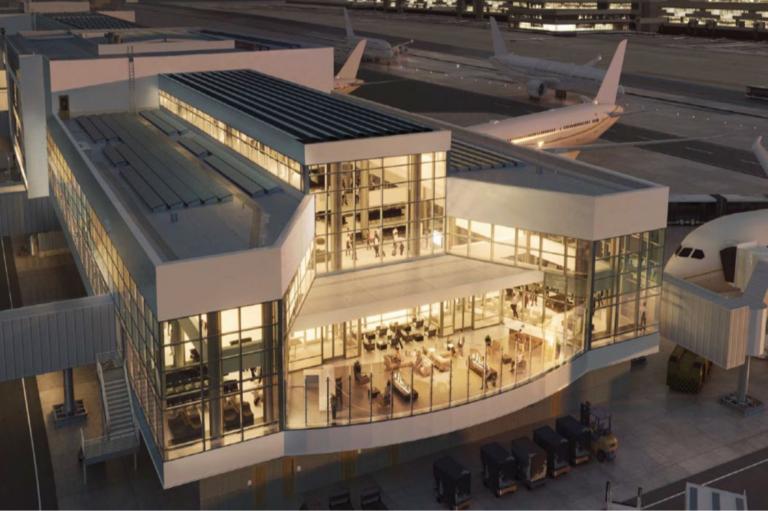











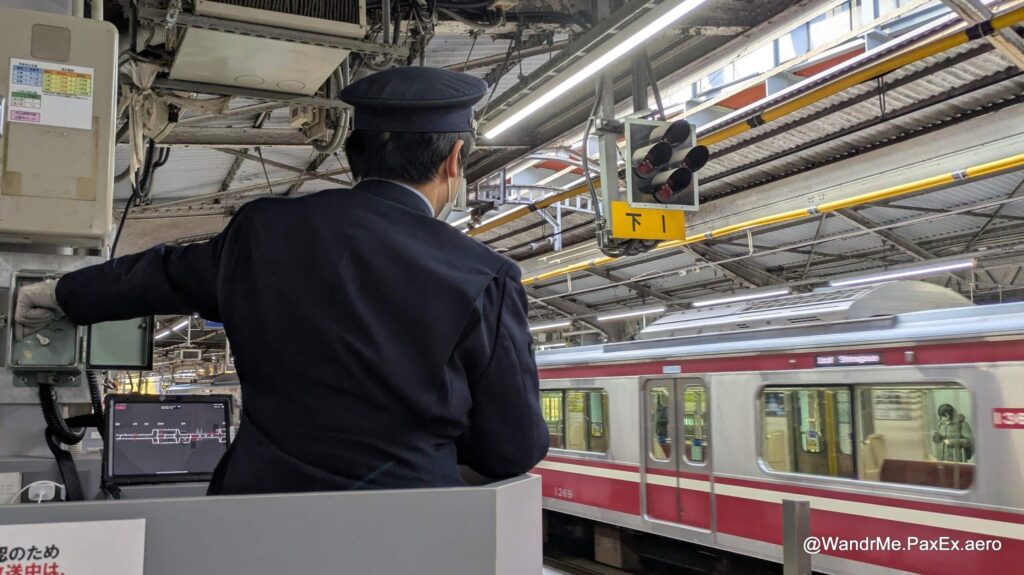
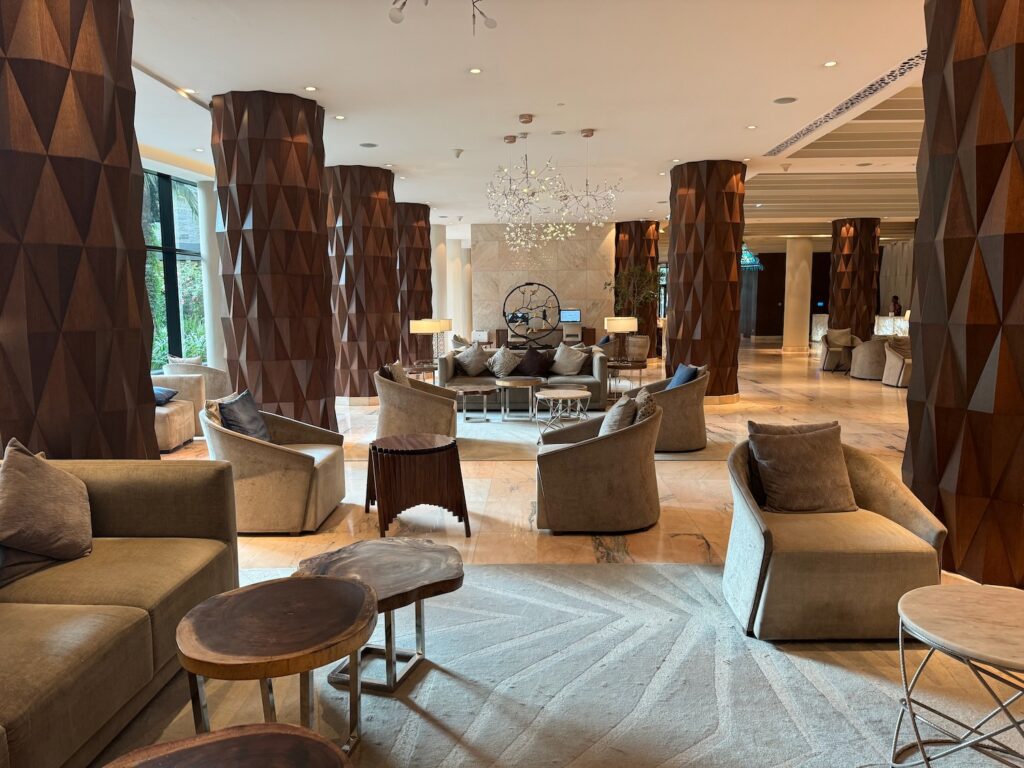






“Jetlag is like trying to live in two time zones at once – your body’s stuck in one, while your mind is already racing ahead in the other. Understanding it is the first step; overcoming it requires patience, hydration, and the strategic power of naps. It’s not just about the hours on the clock, but resetting your rhythm to make the most of your journey.”